Expanding Application Areas
The PBAT Market is witnessing an expansion in application areas, which is contributing to its growth. PBAT Market is increasingly being utilized in sectors such as agriculture, packaging, and consumer goods due to its biodegradable properties. For example, the agricultural sector is adopting PBAT Market for mulch films and biodegradable plant pots, which are gaining traction among environmentally conscious farmers. Additionally, the packaging industry is exploring PBAT Market for food packaging solutions that align with sustainability goals. This diversification of applications is likely to enhance the market potential of PBAT Market, as it caters to a broader range of industries and consumer needs.
Consumer Awareness and Preferences
Consumer awareness regarding environmental sustainability is a driving force in the PBAT Market. As individuals become more informed about the impact of plastic waste on the environment, there is a noticeable shift in preferences towards biodegradable products. Surveys indicate that a significant percentage of consumers are willing to pay a premium for eco-friendly alternatives, which is encouraging manufacturers to invest in the development of PBAT Market-based products. This growing consumer consciousness is likely to propel the demand for PBAT Market, as companies strive to align their offerings with the values and expectations of environmentally aware consumers.
Government Regulations and Policies
Government regulations aimed at reducing plastic waste are playing a crucial role in shaping the PBAT Market. Many countries are implementing stringent policies to limit the use of conventional plastics, thereby encouraging the adoption of biodegradable alternatives like PBAT Market. For instance, several regions have introduced bans on single-use plastics, which has created a favorable environment for the growth of biodegradable materials. This regulatory landscape is expected to drive investments in the PBAT Market, as companies seek to comply with these regulations while also meeting consumer demand for sustainable products. The alignment of business strategies with government policies is likely to enhance market opportunities.
Innovations in Production Technologies
Technological advancements in production processes are significantly influencing the PBAT Market. Innovations such as improved polymerization techniques and the development of more efficient catalysts are enabling manufacturers to produce PBAT Market more cost-effectively and with enhanced properties. These advancements not only reduce production costs but also improve the performance characteristics of PBAT Market, making it a more attractive option for various applications. As the industry continues to evolve, the integration of cutting-edge technologies is expected to drive growth in the PBAT Market, allowing for greater scalability and versatility in product offerings.
Rising Demand for Biodegradable Plastics
The increasing awareness regarding environmental issues has led to a rising demand for biodegradable plastics, particularly in the PBAT Market. Consumers and businesses alike are seeking sustainable alternatives to traditional plastics, which are often associated with pollution and waste. According to recent data, the biodegradable plastics market is projected to grow at a compound annual growth rate of over 20% in the coming years. This trend is driven by regulatory pressures and consumer preferences for eco-friendly products. As a result, manufacturers in the PBAT Market are focusing on developing innovative biodegradable solutions that meet these demands, thereby enhancing their market presence and competitiveness.


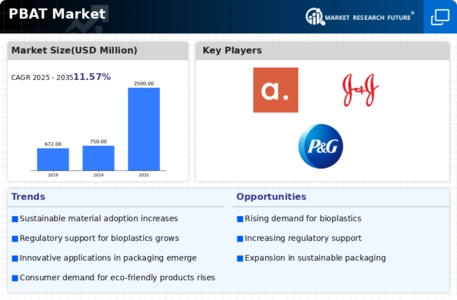
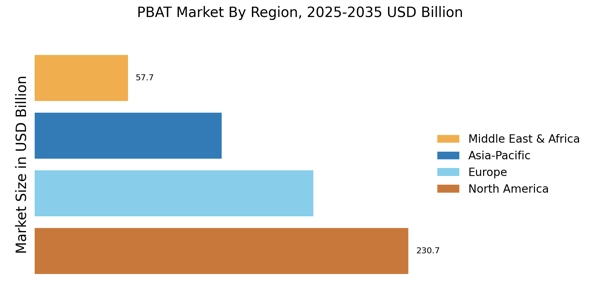

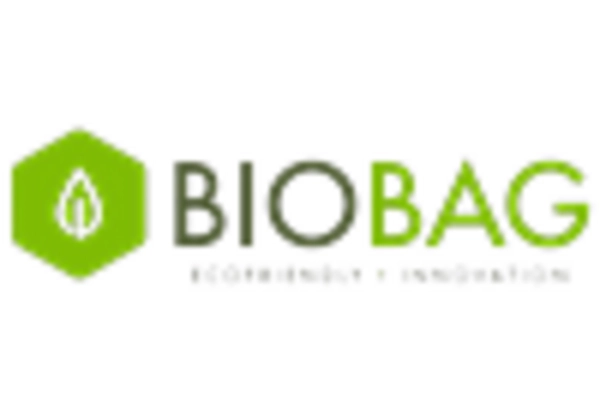

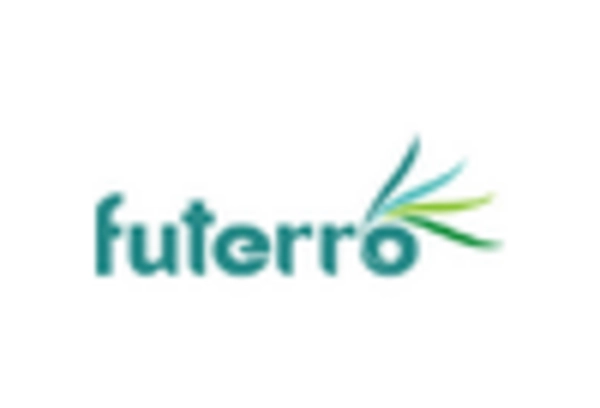
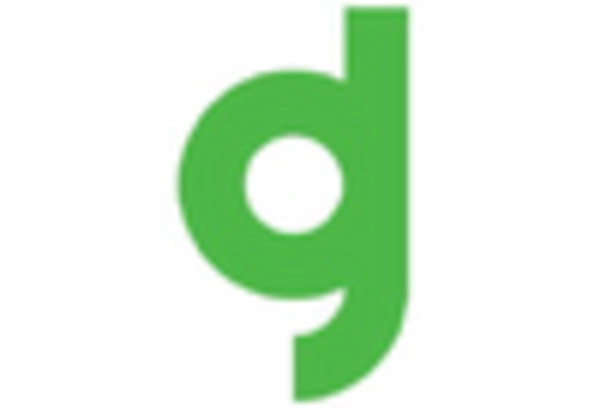
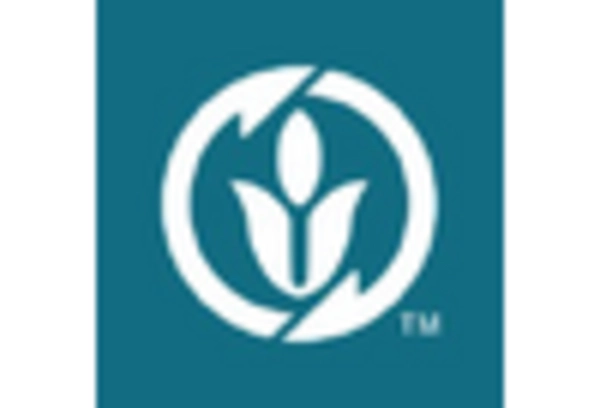
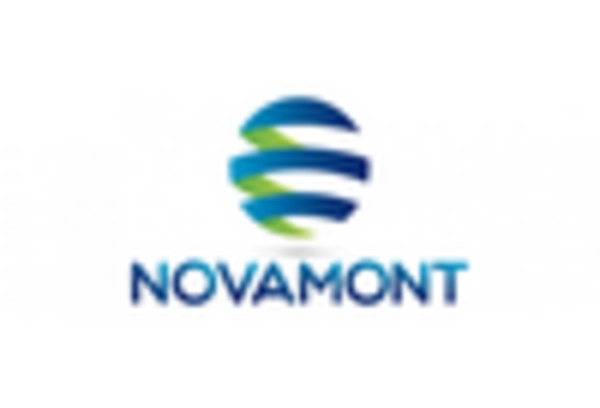








Leave a Comment